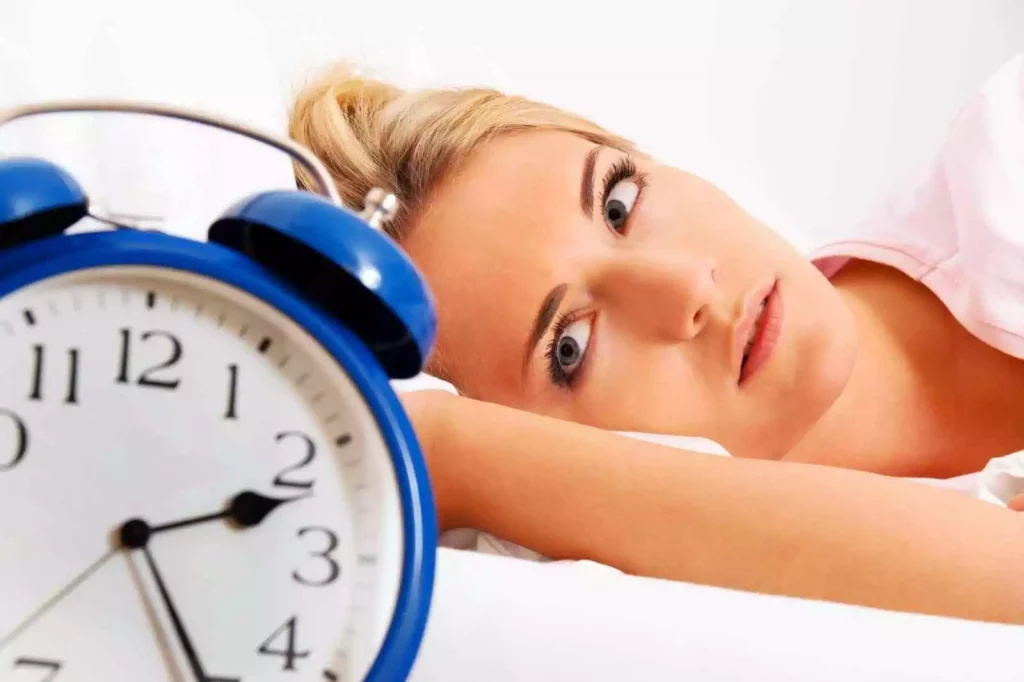All You Need to Know about Benzodiazepines: Uses, Side Effects, & Risks
The benzodiazepine class of drugs is commonly discussed in medical and social settings. These drugs have been the topic of much debate for many years, with an ongoing discussion about the benefits and drawbacks of their use.
If you have recently been prescribed a benzodiazepine or are considering taking one, it can be helpful to learn more about these drugs. This article will discuss benzodiazepines’ benefits and drawbacks, common types of benzodiazepines, side effects, and alternative treatments. Keep reading to learn everything you need to know about benzodiazepines.
What are Benzodiazepines?
Benzodiazepines have been a class of drugs used to treat anxiety and sleep disorders since the 1960s. They are often called “benzos” for short. These drugs are central nervous system depressants, which decrease activity in this system and can cause drowsiness. There are hundreds of different types of benzodiazepines, but they all work in a similar way.
The most common benzodiazepines are clonazepam, lorazepam, diazepam, alprazolam, and oxazepam. Doctors often prescribe these drugs for short-term use to treat anxiety and sleep disorders. They are often referred to as “anti-anxiety” or “anti-anxiety” medications.
Benefits of Benzodiazepines
1. Anxiety Disorder

While there is an ongoing debate about whether benzodiazepines are effective long-term, there is no doubt that they are extremely effective at quickly reducing anxiety in the short term. In fact, benzodiazepines are the most effective drugs available for the first-line treatment of anxiety disorders.
2. Sleep Disorder

Benzodiazepines are also prescribed to treat sleep disorders such as insomnia. They are often effective in treating these disorders, especially in the short term.
3. Surgery

In certain cases, benzodiazepines may be prescribed as a preoperative drug to reduce anxiety. This is particularly common in people who are particularly anxious about surgery and would not able-minded enough to consent to the procedure without medication.
Drawbacks of Benzodiazepines
Long-term use increases the risk of dependence – People who take benzodiazepines for more than two weeks are at high risk of becoming dependent on these drugs. Dependence is a medical condition where the person craves the drug and has difficulty stopping its use.
Benzodiazepine dependence causes withdrawal symptoms – Withdrawing from benzodiazepines is a lengthy and difficult process. Many people cannot complete the withdrawal process on their own and need medical supervision.
Benzodiazepines are less effective after long-term use – Although they are effective at quickly reducing anxiety in the short-term, long-term use of benzodiazepines reduces their effectiveness.
Benzodiazepines are less effective for people with panic disorder – Panic disorder is a specific type of anxiety that is often treated with benzodiazepines. Although these drugs can be effective for short-term treatment, they are often less effective in the long term.
How are Benzodiazepines Used?
Benzodiazepines are often prescribed to treat anxiety and sleep disorders. They are often taken on an “as needed” basis, meaning they are taken only when the person feels they need them. Other people take benzodiazepines regularly, as prescribed by their doctor. It is generally recommended that benzodiazepines be taken short-term, with a break between doses.
Most people who take benzodiazepines will experience the drug’s benefits within a few hours, and the effects will last for about 24 hours. It is recommended that people take these drugs no more than twice a week, as taking them more often will increase the risk of side effects.
Types of Benzodiazepines
There are hundreds of different types of benzodiazepines. The most common are listed below:
Alprazolam – Brand name: Xanax.
Alprazolam is a short-acting benzodiazepine that is often prescribed to treat anxiety disorders. These disorders include generalized anxiety disorder, panic disorder, and social anxiety. Alprazolam is also prescribed as an adjunct treatment for insomnia.
Clonazepam – Brand name: Klonopin.
Clonazepam is a long-acting benzodiazepine that is often prescribed for the treatment of anxiety disorders.
Diazepam – Brand name: Valium.
Diazepam is a short-acting benzodiazepine that is often prescribed for the treatment of anxiety disorders. These disorders include generalized anxiety disorder, panic disorder, and social anxiety. Diazepam is also prescribed as an adjunct treatment for insomnia.
Flurazepam – Brand name: Dalmadorm.
Flurazepam is a short-acting benzodiazepine that is often prescribed for the treatment of insomnia.
Lorazepam – Brand name: Ativan.
Lorazepam is a short-acting benzodiazepine that is often prescribed for the treatment of anxiety disorders. These disorders include generalized anxiety disorder, panic disorder, and social anxiety. Lorazepam is also prescribed as an adjunct treatment for insomnia.
Oxazepam – Brand name: Serax.
Oxazepam is a short-acting benzodiazepine that is often prescribed for the treatment of anxiety disorders. These disorders include generalized anxiety disorder, panic disorder, and social anxiety. Oxazepam is also prescribed as an adjunct treatment for insomnia.
Temazepam – Brand name: Restoril.
Temazepam is a short-acting benzodiazepine that is often prescribed for the treatment of insomnia.
Triazolam – Brand name: Halcion.
Triazolam is a short-acting benzodiazepine that is often prescribed for the treatment of insomnia.
Side Effects of Benzodiazepines
The side effects of benzodiazepines vary depending on the specific drug being taken. All the most common types of benzodiazepines listed above can cause side effects, though some drugs are less likely than others. Some of the most common side effects of benzodiazepines include the following:
Dizziness: Dizziness is a side effect of many benzodiazepines. This may be related to reduced blood flow to the brain as a result of the drugs.
Drowsiness: Drowsiness is a side effect of many benzodiazepines. This can lead to reduced alertness and concentration, affecting people’s ability to perform tasks.
Impaired Memory: Impaired memory is a common side effect of benzodiazepines. This may be related to drowsiness and reduced alertness.
Conclusion: Uses of Benzodiazepines
Benzodiazepines are a commonly prescribed class of drugs. They are used to treat anxiety and sleep disorders and have been used since the 1960s. Many people who take these drugs will experience relief from anxiety symptoms, but there is an ongoing debate about whether or not these drugs are effective in the long term.
These drugs have a risk of dependence and side effects such as drowsiness and impaired memory. These drugs also become less effective in the long term. People prescribed benzodiazepines should take them as prescribed and seek medical help if they experience withdrawal symptoms.
Source –


